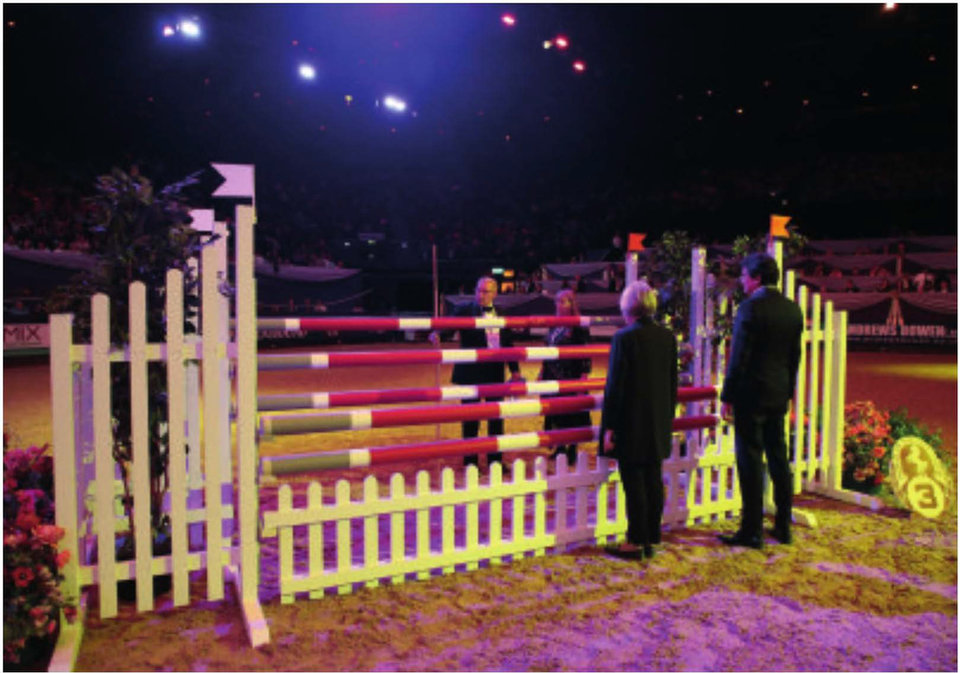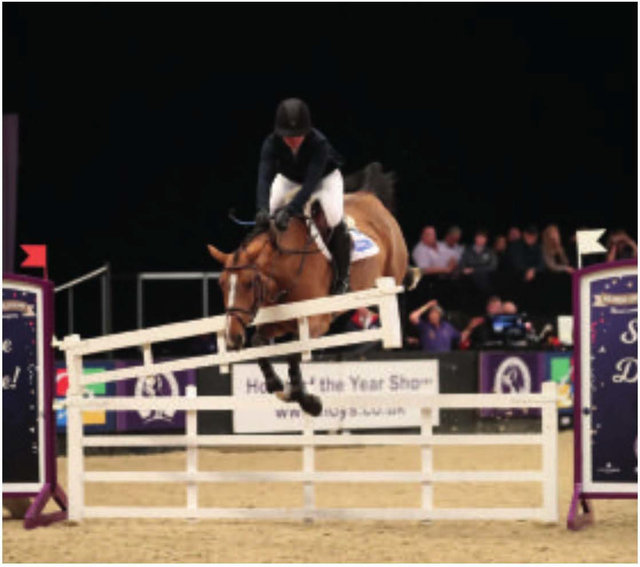Showjumping


SHOWJUMPING 101
Whether you're a seasoned showjumping fanatic or this is your first time watching, we thought it would be helpful to clarify some common rules and terminology so that everyone can watch and enjoy the classes with expert eyes!
What is a fault?
A fault is a point that is counted against you when certain things happen. The more faults you have the lower down the leaderboard you will go! Knocking a pole down when jumping results in four faults. If a horse refuses to jump one of the fences, you also get four faults. If a horse refuses at two fences within a round of jumping they are eliminated and not allowed to continue! The same goes if a rider falls off their horse, they are automatically eliminated from that round.
What is a jump-off?
A jump-off class sees those who have gone clear in the first round come back for a pressurized round against the clock. This round determines the placings of the class. If no one has gone clear in the first round, those with four faults will be taken through. The horse and rider combination to jump round the quickest with the least faults wins!
What is a starting height?
This is the height of the fences in the first round of the class. This can go up by 10cm in the jump-off rounds, adding extra pressure to the competition!
What do the grades mean, such as a Grade C Championship?
Grades are based on points won by the horse and go from Grade C to Grade A. Being within these different grades can restrict you from entering different classes.
What are the levels of difficulty for the national classes?
The order of the national classes goes as follows from smallest fences to largest:
- British Novice
- Discovery
- Newcomers
- Foxhunter
For senior competitors first rounds start at 90cm and go up to 120cm, whereas for junior competitors they start at 80cm and go up to 110cm.


Opener: Clearing a fence at HOYS. Above: Kelvin Bywater and team checking the fence heights at HOYS. Left: an example of a fence down resulting in 4 faults